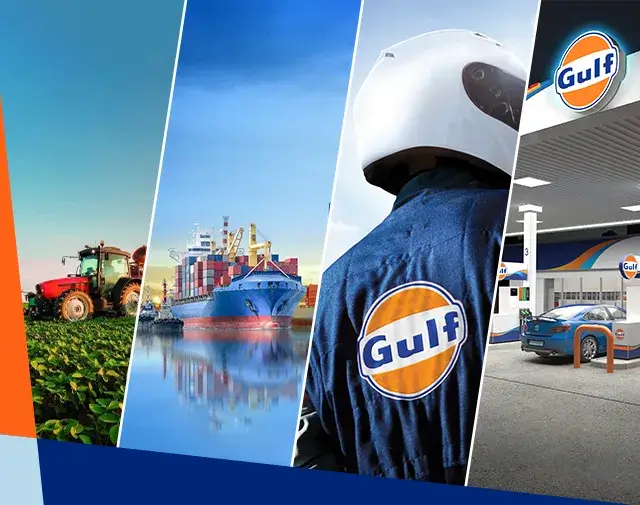Preventative maintenance of construction equipment
19 Jun 2024

Just like your car needs a service, heavy machinery benefits from a regular maintenance schedule. This is especially true on construction sites, when unexpected downtime leads to costly delays. Staying on top of a preventive maintenance schedule ensures projects run smoothly, reduces the risk of on-site accidents, and even extends the lifespan of your machinery.
Here we’ll cover a few common preventative maintenance tasks for construction equipment such as excavators, dozers, loaders and cranes etc. We’ll also cover the benefits of staying on top of regular scheduled maintenance, and some extra tips to extend equipment life.
Preventative maintenance of construction equipment checklist
The preventative maintenance tasks you need to carry out will vary depending on the equipment, but some common things to think about include:
Visual inspections
Check the condition of the body of the equipment, noting any damage or rust. Any belt-driven components should also be checked for fraying, slackness and discolouration.
Lubricants
All fluids and lubricants should be periodically checked, topped up, and changed as necessary. This includes engine oil, hydraulic oil, coolants, transmission fluid, greases and any other necessary fluids.
Some lubes, such as engine oil and coolant, can also be checked for internal problems.
Filter replacements
Oil, fuel, air and hydraulic filters should be regularly checked and either cleaned or replaced according to their age or condition.
Brakes
Brakes should be routinely checked for signs of wear, including all components such as pads, discs, drums, pressure and cables.
Batteries and electrical
To prevent an unexpected loss of power, batteries should be carefully checked and replaced once aged. Other electrical components such as cables and fuses should also be monitored.
Safety equipment
Seatbelts, lights, horns, locks, warning lights, and energy lockout points should all be inspected regularly in case of malfunction.
Steering and suspension
You should visually inspect all components of equipment steering and suspension, including tie rods, ball joints, idler arms, and the condition of springs, struts, and undercarriage suspension.
Tyres or tracks and opengears
Whether your equipment rolls on tires or tracks and open gears (in a circular motion), they should be regularly inspected for signs of wear and replaced as needed. Tire pressure should also be checked and topped up periodically.
How to make a checklist
Check the manual of your equipment for specific instructions on how and how often to perform the above checks, and create a preventative maintenance plan for each piece of equipment.
Don’t forget to train the staff in charge of the equipment, and make it easy to stick to the schedule with a timetable and checklist for each piece of machinery.
Benefits of preventative maintenance for construction equipment
While it may seem like a hassle, creating a robust preventative maintenance schedule for your machinery will repay you in the long run.
Regularly servicing your equipment:
- Reduces the risk of unexpected expenses and costly repairs
- Prevents delays in construction
- Decreases downtime and lost revenue
- Improves site safety
- Reduces equipment wear and tear, minimising the risk of failure
- Prevents damage to the environment caused by equipment failure
- Increases lifespan and resale value of equipment
- Reduces the risk of accident-related litigation
- Prevents idle operators due to unexpected repairs
Other ways to extend the lifespan of heavy machinery
Along with regular servicing, routine checks, and a strict maintenance schedule, there are a few additional things you can do to extend the lifespan of your equipment.
Cleaning construction equipment after each use prevents dirt from building up or rust from developing. If possible, all heavy machinery should be stored in a safe place when not in use, and ideally protected through periods of harsh weather, particularly heat waves, rain and snow.
Finally, choosing quality replacement parts and specialised industrial lubricants from trusted brands ensures they last longer, reducing wear and tear on your equipment and enhancing performance with reduced cost of ownership.

